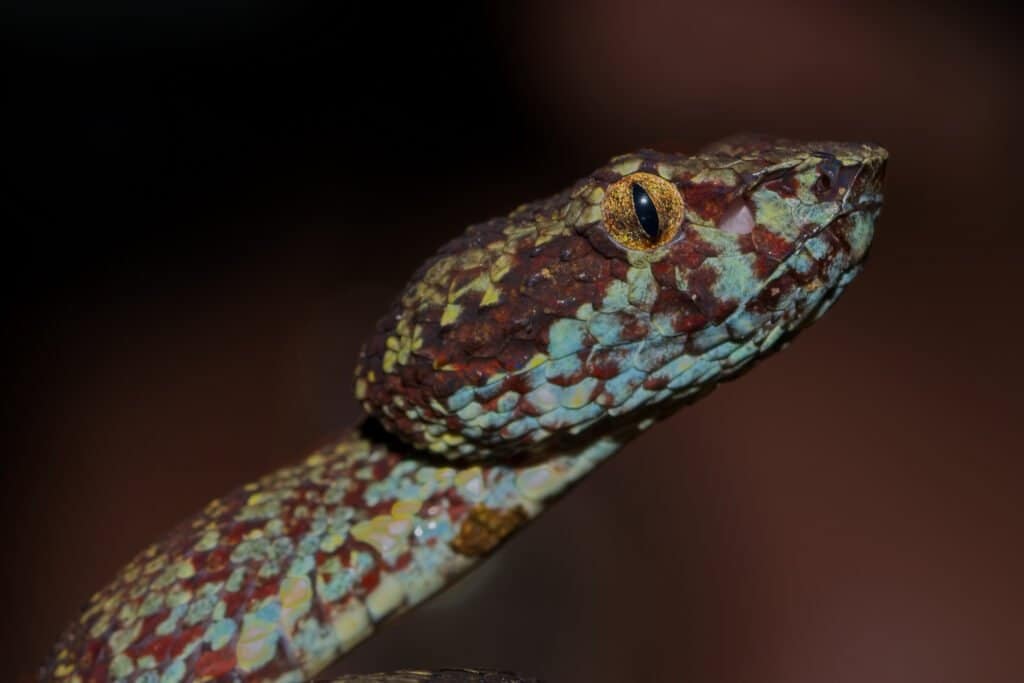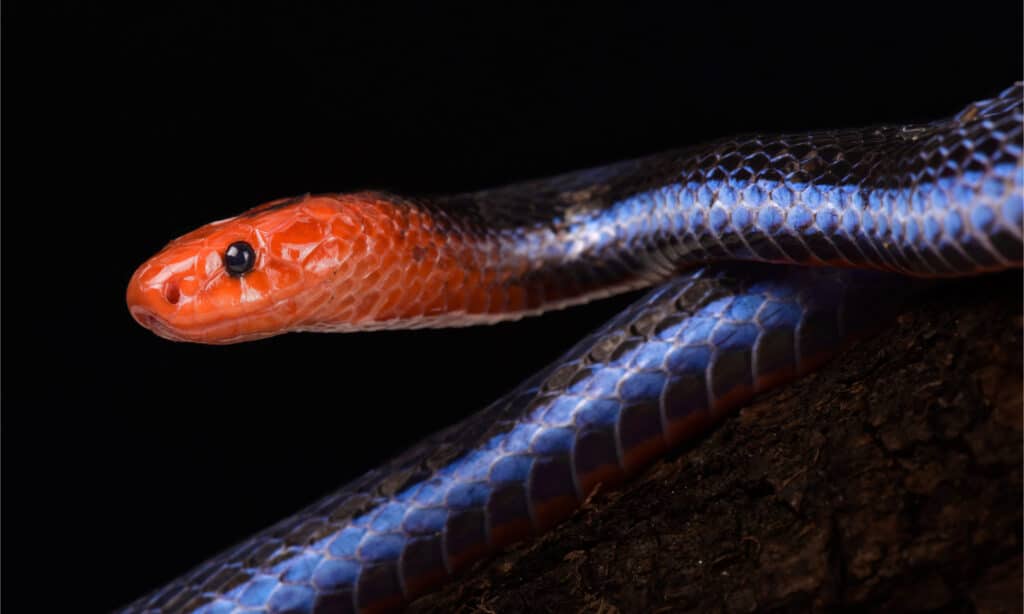Introduction
Tiger serpents, understood for their striking patterns and potent venom, occupy different regions throughout Australia, particularly in coastal locations. Although they may appear captivating, their bite can be deadly if not dealt with promptly. Recognizing just how to provide first aid adhering to a tiger serpent bite is crucial knowledge for any individual living or checking out locations where these snakes are found.

In this detailed guide, we will certainly look into the specifics of dealing with a tiger serpent bite. We will certainly cover every little thing from identifying the serpent to comprehending its environment, acknowledging signs and symptoms of envenomation, and executing efficient first aid steps. Our objective is to furnish you with the required skills to act emphatically and successfully in the event of a serpent bite.
What is a Tiger Snake?
Overview of Tiger Snakes
Tiger snakes (Notechis spp.) are very poisonous serpents belonging to Australia and surrounding islands. These snakes are characterized by their distinct grouped pattern that appears like that of a tiger-- hence the name. They generally expand between 1 to 2 meters long, with some people reaching up to 3 meters.
Tiger Snake Habitat
Tiger snakes favor wet environments such as marshes, swamps, and seaside areas. They are usually discovered near water resources which supply them with ample food supply like frogs, fish, and little animals. Comprehending their habitat can be vital for people living near these areas to lower encounters.
Are Tiger Snakes Venomous?
Yes! Tiger snakes are amongst one of the most poisonous snakes in Differences between Australian taipans and brown snakes Australia. Great post to read Their poison contains potent neurotoxins that can trigger paralysis and coagulopathy (disturbance of blood clot). It is very important to understand that not all tiger snakes deliver poison when they bite; nevertheless, one must deal with any kind of serpent bite as potentially dangerous.
Recognizing a Tiger Snake Bite
Identifying Symptoms of a Tiger Snake Bite
A tiger snake's bite may present a number of immediate symptoms:
- Local Pain: Intense pain at the site of the bite Swelling: Quick swelling around the bitten area Discoloration: Discoloration or staining may occur Systemic Symptoms: Nausea or vomiting, throwing up, trouble breathing, or indicators of shock
What Does a Serpent Bite Look Like?
The look of a tiger snake bite can differ depending on individual reactions and extent:
- Two leak wounds can frequently be observed. Surrounding inflammation or swelling generally develops rapidly. In serious cases, systemic symptoms might emerge within minutes.
First Help for Serpent Bites
Immediate Actions Following a Tiger Serpent Bite
If you find yourself or someone else attacked by a tiger snake:
Stay Calm: Keeping one's cool lowers anxiety and slows heart rate.
Keep the Target Still: Motivate restricted movement; this aids slow venom spread with the body.
Remove Tight Clothing: Loosen any type of constrictive clothes or accessories near the bite site.
Immobilize Impacted Limb: Usage splints or bandages to keep the afflicted area still.
Keep Target Lying Down: Ideally, position them level with the impacted limb below heart level.
Call Emergency Provider Immediately
It's critical to seek clinical assistance right away by calling emergency situation services (like 000 in Australia). Supply clear details about your area and situations bordering the incident.
Building Your Snake Bite Emergency Treatment Kit
A well-appointed first aid kit is vital for dealing with emergencies like snake attacks. Right here's what it should have:
|Product|Summary|| ------|-------------|| Compression Bandage|For immobilization|| Splint|To support damaged arm or legs|| Antihistamine|If allergy occurs|| Pain Relief Medication|Such as paracetamol|| Emergency Situation Get In Touch With Numbers|Pre-written checklist|
Ensure your package is easily accessible during outside tasks in habitats recognized for tiger snakes.
First Aid Techniques for Snake Bites
Compression Bandaging Technique
Using compression plasters properly can decrease venom spread:
Start covering from below the bite website moving upward. Apply company however not extremely limited pressure. Ensure flow isn't impeded (check fingers/toes for color modification).Avoiding Typical Mistakes
There are numerous usual blunders individuals make when dealing with serpent attacks:
- Do NOT use ice directly; this might aggravate tissue damage. Avoid reducing right into the injury or attempting suction. Do NOT usage tourniquets; these can trigger more harm than good.
Treatment Post-Snake Bite
Understanding Antivenom Therapy
Once at a medical center:
Healthcare carriers will analyze symptoms. If necessary, antivenom certain to Australian tiger serpent venom will be administered. Monitoring important indicators for problems is conventional technique after treatment.Recovery Duration After Treatment
Post-treatment recuperation includes rest and monitoring for any postponed complications such as allergies or infection at the bite site.
Preventative Procedures Versus Tiger Snakes
Safety Tips When Exploring Tiger Snake Habitats
To minimize risk while enjoying nature:
Wear strong boots and lengthy trousers while hiking. Stay on marked tracks away from thick vegetation. Be careful around water sources where these snakes frequent.Educating Others About Serpent Safety
Sharing understanding about security precautions can help others avoid hazardous encounters with tiger serpents:
- Organize neighborhood workshops on determining hazardous wildlife. Provide sources on emergency treatment strategies connected to serpent bites.
FAQs
What needs to I do if I see a tiger snake?
If you come across a tiger snake in the wild:
- Maintain range and do not provoke it. Slowly pull back from its path while watching on it until it runs out sight.
How rapidly does poison affect a person after being bitten?
Symptoms can start within minutes after being attacked; nevertheless, it may take longer depending on elements like size of individual bitten and amount of venom injected.
Is it safe to draw out the venom?
No! Attempting to suck out venom boosts infection threat without supplying any kind of benefit; it's much better to focus on proper immobilization strategy instead.

Can I drive myself if attacked by a tiger snake?
No! Driving on your own can postpone therapy; always seek help from others or call emergency situation services quickly after being bitten.

What takes place if I do not obtain treatment?
Without timely medical focus adhering to a tiger serpent bite:
- Serious complications could develop consisting of paralysis or even death as a result of respiratory failure arising from neurotoxic impacts of envenomation.
How do I understand if my animal has been attacked by a snake?
Signs include abrupt lethargy, swelling at site of injury or difficulty breathing; call your veterinarian quickly if you think your animal has been bitten!
Conclusion
Treating a tiger snake bite requires quick activity integrated with precise expertise about first aid techniques specific to envenomations from these harmful animals. By staying calm and implementing reliable emergency treatment techniques laid out above-- alongside seeking specialist clinical assistance-- you considerably enhance end results following such dangerous events in nature's unrelenting wilderness! Click here to find out more
Knowing exactly how ideal to respond is vital-- so equip yourself with understanding regarding both avoidance methods as well as detailed treatment strategies linked straight in the direction of reducing dangers associated with Australia's mind-blowing yet dangerous fauna landscape!
Remember-- understanding saves lives!